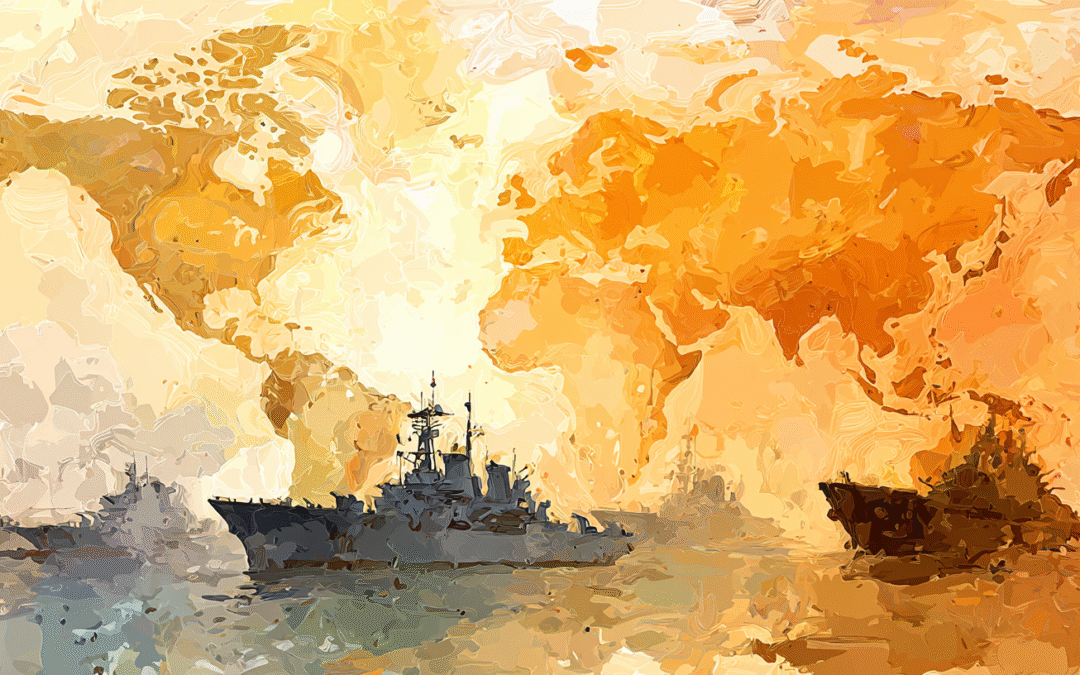
The Architecture of Escalation: Why Peace Must Be Built Like Defence
Escalation isn’t inevitable—it’s engineered. From Gaza to Ukraine, modern conflicts follow predictable patterns. What if peace had its own infrastructure to stop them?

Escalation isn’t inevitable—it’s engineered. From Gaza to Ukraine, modern conflicts follow predictable patterns. What if peace had its own infrastructure to stop them?


A prince borrows Indigenous wisdom to justify his memoir, revealing our modern confusion between personal storytelling and communal truth-telling—where reconciliation requires not just speaking your piece, but making space for contradictory truths.

Anzac Day is not just memory—it’s a call to create a world where peace is policy, not just prayer.


Global trade’s quiet revolution: Once-mighty buyers now bend to sellers who control critical supply nodes—a shift reconfiguring peace and power alike.

Australia’s housing crisis isn’t just economic—it’s a peace emergency. Viewing homes as an ecosystem reveals how residential biodiversity creates stability our fragmented market cannot.

In Trump’s 2025 America, exclusion functions as political architecture rather than accident—a neurological hack where amygdala overrides prefrontal cortex, transforming belonging anxiety into tribal power and institutional memory into threat.
